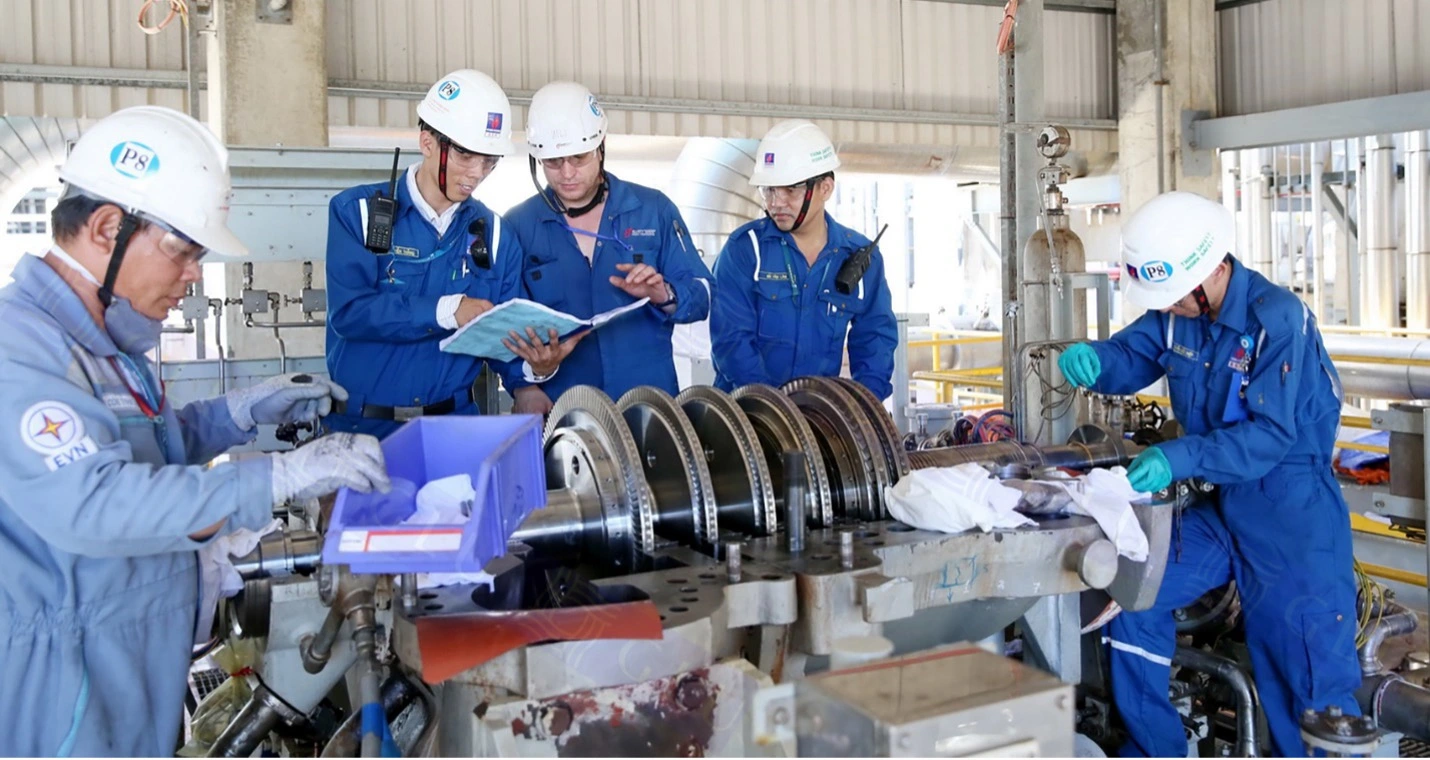News & Research

Sustainable Productions: More than just enterprises responsibility
There are increasingly strict regulations from export markets and brands on greening production and supply chains, as well as sustainable development criteria. This forces Vietnamese textile and garment enterprises to improve their greening process more strongly. Going green is not only the responsibility of each business; the entire industry needs to participate to create a green business community and build a sustainable supply chain image in the eyes of consumers and international buyers.
Special Highlights of COP30: When the World Looks to the Amazon for Climate Action of the Future
COP30 marks the 30th Conference of the Parties to the UNFCCC (United Nations Framework Convention on Climate Change).
Criticality Assessment: The First Step Toward Building Resilience
Europe is entering a major transformation in resilience thinking. Under the Critical Entities Resilience (CER) Directive, organizations are not only required to manage risks but also to understand, demonstrate, and maintain the elements that are “critical” to their operations, economy, and society.
Carbon Trading Systems and the Reshaping of the Construction Industry’s Future
The construction industry is one of the largest sources of greenhouse gas emissions, accounting for around 37% of total global CO₂ emissions (IEA, 2022). The expansion of Emissions Trading Systems (ETS) beyond the energy sector into carbon-intensive industries — including building materials and operational processes — is reshaping the entire cost structure and competitive strategies of the construction sector.
Green Finance in Real Estate: Investment Opportunities and Strategies for Developers in Emerging Markets
The global real estate sector is both the largest source of emissions and the greatest investment opportunity in the journey toward net-zero. According to IFC (2025), greening the construction value chain could unlock USD 1.5 trillion in investment opportunities across emerging markets in the next decade.
LCA and EPD: Scientific Evidence for Transparency in Green Certifications
In today’s global context of increasing focus on sustainability, transparency in data has become a critical requirement in the construction industry. Two prominent tools that address this need are LCA (Life Cycle Assessment) and EPD (Environmental Product Declaration). Beyond helping projects earn credits in green building certification systems such as LEED or BREEAM, LCA and EPD are also long-term strategies to enhance credibility and value for projects.
ARDOR Green is recruiting the next generation of sustainable architects/engineers at the Bach Khoa Career Fair
Founded in 2005, ARDOR Architects has over 20 years of experience in architectural and urban planning consultancy, with participation in more than 150 projects and numerous international awards such as Top 10 Architects Ashui (2017) and BCI Asia Awards (2009, 2015, 2021).
From Commitment to Implementation of ESG in Vietnamese Enterprises
In today’s global context, ESG (Environmental – Social – Governance) is becoming a “new passport” for businesses. It is not only a factor that international investors and partners consider when cooperating, but also a competitive standard within global supply chains.
LEED v5: A New Milestone in Global Green Building Standards
LEED (Leadership in Energy and Environmental Design) is the world’s leading green building certification system, developed to address environmental challenges while meeting the demands of the construction market. With its latest version – LEED v5, the system sets stricter standards, expanding the evaluation scope from energy efficiency to three pillars: decarbonization, quality of life, and ecosystem conservation & restoration. This article analyzes the core changes of LEED v5, based on scientific foundations and practical applications in sustainable construction.
Overview of LEED v4 – The International Green Building Standard
LEED (Leadership in Energy and Environmental Design) is a green building certification system developed by the U.S. Green Building Council (USGBC). It is one of the most prestigious certifications worldwide, evaluating projects based on energy, water, materials, indoor environmental quality, and impacts on communities and ecosystems.
Opportunities for Green Finance and Investment through Sustainable Cooling
Sustainable cooling is not only a pressing need to protect public health, reduce pressure on urban infrastructure, and achieve climate goals, but also a major economic opportunity. According to reports by UNEP and IFC, the cooling market in developing economies is currently valued at around USD 300 billion and is expected to double by 2050. This creates significant potential to mobilize green investment and climate finance for modern, efficient, and environmentally friendly cooling solutions.
An Overview of LOTUS Green Building Certification: Framework, Criteria, and Key Considerations
LOTUS is a green building certification system developed by the Vietnam Green Building Council (VGBC). It is an assessment tool created with reference to international systems such as LEED (USA), Green Star (Australia), BREEAM (UK), and GBI (Malaysia), while being adapted to suit Vietnam’s natural, economic, and legal conditions. The goal of LOTUS is to promote sustainable construction practices, encourage efficient use of resources, minimize negative environmental impacts, and enhance the quality of living spaces.
Integrating Climate Change Adaptation and Environmental Protection into Green Urban Development
Amid increasingly complex climate change impacts and rising environmental pollution, Vietnamese cities are facing an urgent need to shift their development models. Moving toward green, safe, and climate-resilient living spaces has become a priority, requiring a comprehensive approach that combines policy, technology, finance, and public awareness.
Build Green, Build with ARDOR Green














